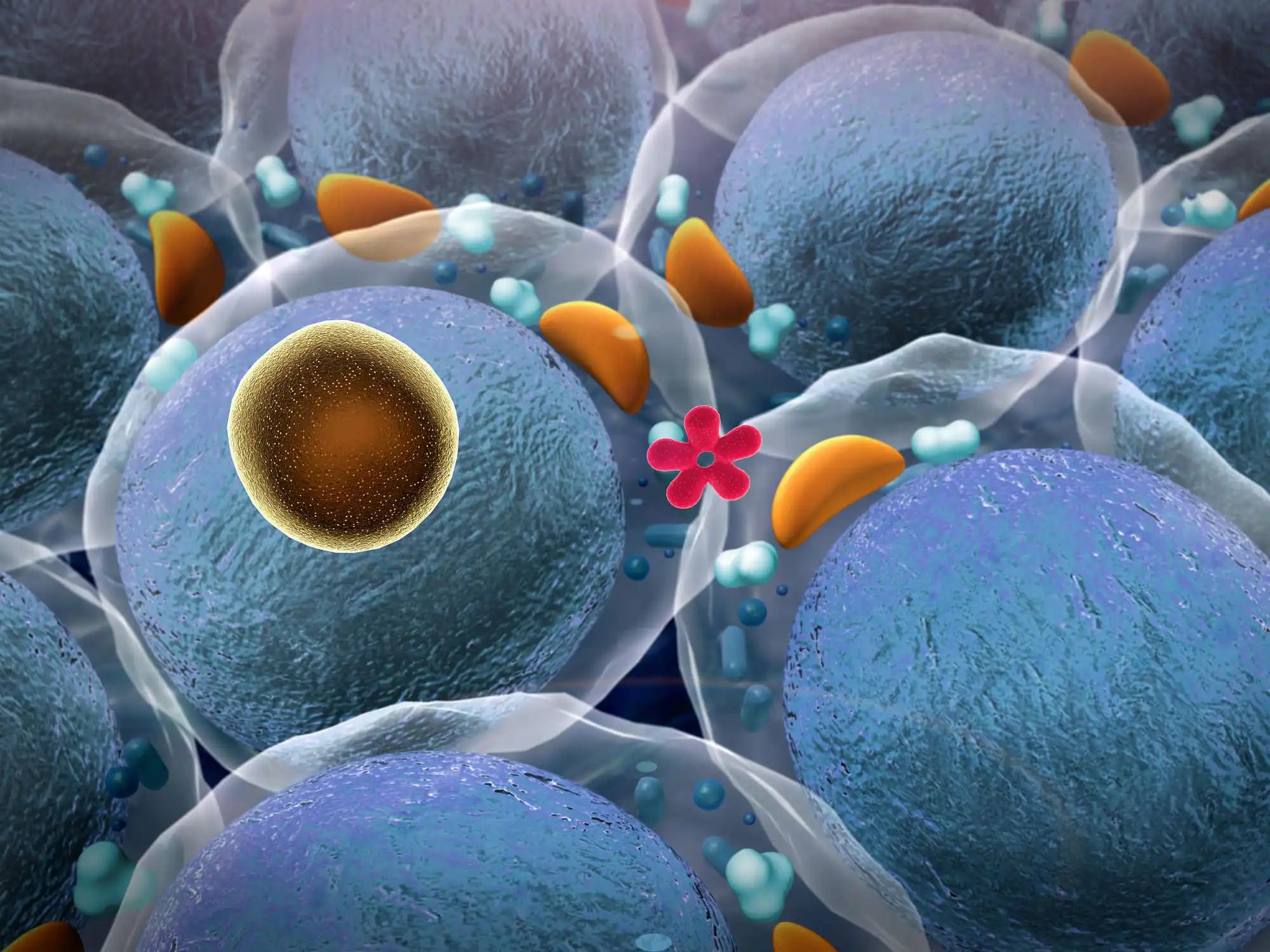KEY TAKEAWAYS
- The study aimed to explore combining anti-miR-155 with NSCLC treatments to improve efficacy and overcome cisplatin resistance.
- Researchers noticed that anti-miR-155 enhances NSCLC treatment and counters cisplatin resistance.
Elevated microRNA-155 (miR-155) expression in non-small-cell lung cancer (NSCLC) is associated with increased cisplatin resistance and adverse treatment outcomes. Despite this, miR-155 also has a role in enhancing anti-tumor immunity by inhibiting PD-L1 expression. The therapeutic targeting of miR-155 using its antagonist, anti-miR-155, has been complicated by its dual molecular effects.
Prashant Dogra and the team aimed to assess the impact of combining anti-miR-155 with standard NSCLC treatments to address cisplatin resistance and improve overall treatment efficacy.
They performed an inclusive analysis by developing a multiscale mechanistic model, calibrated with in vivo data and extrapolated to humans, to investigate the therapeutic effects of nanoparticle-delivered anti-miR-155 in NSCLC.
The study evaluated the efficacy of this approach both as a standalone treatment and in combination with standard-of-care drugs. Patients’ responses were analyzed to determine the potential benefits and synergistic effects of integrating anti-miR-155 with existing therapies.
About the results, model simulations and analyses of the clinical scenario revealed that monotherapy with anti-miR-155 at a dose of 2.5 mg/kg administered once every 3 weeks demonstrated substantial anti-cancer activity, leading to a median progression-free survival (PFS) of 6.7 months, which compared favorably to cisplatin and immune checkpoint inhibitors.
Additionally, the study explored combinations of anti-miR-155 with standard-of-care drugs and identified synergistic 2- and 3-drug combinations. A 3-drug combination of anti-miR-155, cisplatin, and pembrolizumab resulted in a median PFS of 13.1 months, while a 2-drug combination of anti-miR-155 and cisplatin achieved a median PFS of 11.3 months, emerging as a more practical option due to its simple design and cost-effectiveness.
The analyses also provided valuable insights into unfavorable dose ratios for drug combinations, emphasizing the importance of optimizing dose regimens to avoid antagonistic effects.
The study concluded that integrating anti-miR-155 with standard-of-care treatments in NSCLC shows significant promise, bridging the gap between preclinical development and clinical application. The findings highlight the potential of combination therapies involving anti-miR-155 to enhance treatment efficacy, overcome cisplatin resistance, and offer practical, cost-effective solutions for improving patient outcomes.
This study was funded by the National Institutes of Health (NIH).
Source: https://pubmed.ncbi.nlm.nih.gov/39095771/
Dogra P, Shinglot V, Ruiz-Ramírez J, et al. (2024). “Translational modeling-based evidence for enhanced efficacy of standard-of-care drugs in combination with anti-microRNA-155 in non-small-cell lung cancer.” Mol Cancer. 2024 Aug 2;23(1):156. doi: 10.1186/s12943-024-02060-5. PMID: 39095771; PMCID: PMC11295620.



